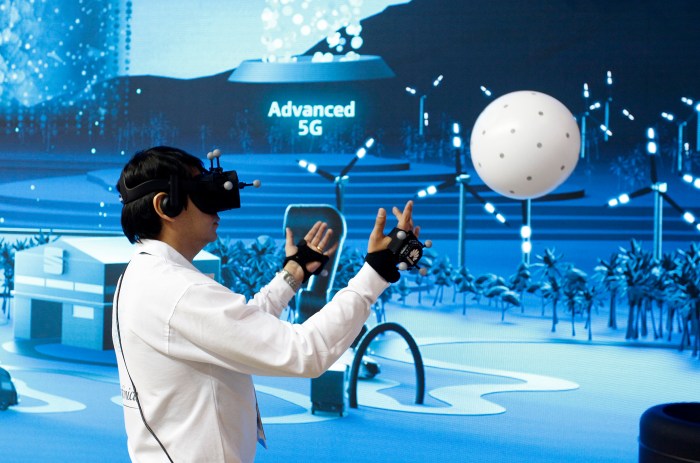The Metaverse and the necessary disruption in telecommunications networks
The promises of new digital services brought by the Metaverse, where the immersive experience is the most striking, represent a challenge for all elements of the value chain involved. It is a challenge to which telecommunications networks are no strangers, and therefore, Internet.
Telecommunication Networks and Metaverse
A New era of Internet.

A new era of digital services
The customer experience in the Metaverse must be continuous and ubiquitous or will not succeed. The current virtual reality or augmented reality glasses already show the limitations to offer a satisfactory experience both at home and outdoors, either due to the weight of the devices, their autonomy or their computing and storage capacity.
Then, as it already seems evident that these efforts in innovative devices and software will have to be added to the capabilities that modern 5G and FTTH networks can offer to meet the requirements of this continuous, ubiquitous and massive experience.
Moreover, once the new technological tools are in, new uses will emerge that we cannot imagine now that will better satisfy the different needs of users.
The current Internet model is not sufficient
The way how quality of Internet services is currently improved by approaching content and services to users has reached a limit that cannot be surpassed unless the limitations of the traditional best effort and service agnosticism model are overcome. Some might argue that just adding more capacity will be enough, but it is not how Internet works.
Furthermore, according to some estimates the proper functioning of the Metaverse will require networks to offer very low levels of latency and jitter for traffics up to 20 times higher than today, as well as 1000 times more processing capacity to help lower such parameters. It is simply unfeasible and unsustainable to provide these levels of quality required in the Metaverse consistently to everyone, all the time and everywhere.
The new role of telecommunications networks in the Metaverse
To overcome the Internet model and meet the needs of the Metaverse, customized telecommunications networks must be offered and adapted to many different services. In addition, they must be programmable, that is, there must be an interface through which the network knows how to configure itself, which is known as the API-fication of the network.

This has been launched under a global telecoms industry initiative led by the GSMA. Under the name of Open Gateway, the main telcos, including Telefónica, expose their networks in a standardised way through automated and easily programmable APIs. Developers can then use the technological capabilities of the network to offer better services to users around the world.
Such API-fication of networks maintain the fundamental Internet characteristic of developing one time and offer it globally, but without the need to suffer the constraints of the Internet best effort principle. For this reason, standardization of such APIs is cornerstone to telecommunication networks become an open platform of innovation.
New business models in the Metaverse
The current business model of charging users for the access services appears to be insufficient or not optimal since end users do not know the demands that each of the Metaverse services will require and, therefore, to make technical decisions with economic impact.
Consequently, to ensure sustainability and the investment effort involved in preparing telecommunications networks for the Metaverse, business models that do not involve the end user should be allowed, as it is already the case for some services provided over the current Internet, such as CDNs.


